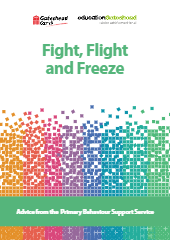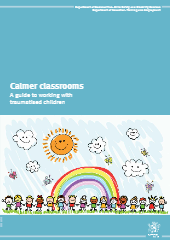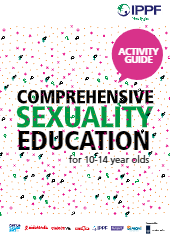 “How to Talk to Children about Flight, Fight, and Freeze” by Billy Brodovsky and Kate Kiernan is a comprehensive guide aimed at helping children become trauma-informed. It shifts the perspective from asking “What is wrong with you?” to “What has happened to you?” and focuses on the importance of creating a safe environment for children and youth.
“How to Talk to Children about Flight, Fight, and Freeze” by Billy Brodovsky and Kate Kiernan is a comprehensive guide aimed at helping children become trauma-informed. It shifts the perspective from asking “What is wrong with you?” to “What has happened to you?” and focuses on the importance of creating a safe environment for children and youth.
The guide explains the survival responses (freeze, flight, fight) initiated by the amygdala in response to real or perceived threats, offering a framework for understanding and managing these responses. It emphasizes the significance of increasing the ‘window of tolerance’ so children can spend more time learning, playing, and connecting rather than being in survival mode. The resource provides practical strategies for adults to help children recognize and regulate their responses, encouraging a playful and engaging approach to learning about their brain and body’s reactions to stress or threat.
FREE PDF DOWNLOAD OF HOW TO TALK TO CHILDREN ABOUT FLIGHT, FIGHT AND FREEZE GUIDE FOR PARENTS & PROFESSIONALS
SIMILAR FREE RESOURCES
Are You a Fighter, Flee-er or Freezer? What Your Default Stress Response Says about You
“Are You a Fighter, Flee-er, or Freezer? What Your Default Stress Response Says about You” is a guide designed to help individuals understand their natural responses to stress—fight, flight, or freeze. It offers insights into the nervous system’s role in these responses and provides questions and scenarios to help readers identify their default patterns. The guide emphasizes the importance of recognizing these patterns to manage stress more effectively and maintain health.

Fight, Flight and Freeze 5-Page Guide for Parents
The “Fight, Flight, and Freeze: 5-Page Guide for Parents” provides practical advice on understanding and responding to children’s stress responses. It explains the physiological reactions children experience under stress, such as increased heart rate and sweating, and offers strategies for parents to help their children cope. These include encouraging deep breathing, providing deep pressure touch, and creating a safe space for the child to retreat. This guide is designed to help parents support their children through stressful or frightening situations by recognizing and addressing their fight, flight, or freeze responses.

Calmer Classrooms: A Guide to Working with Traumatised Children
“Calmer Classrooms: A Guide to Working with Traumatised Children” is a valuable resource for educators, offering strategies to create a supportive learning environment for children affected by trauma. It emphasizes the importance of understanding trauma’s impact on children’s development and learning, and presents relationship-based practices to help educators connect with and support traumatised students. The guide aims to foster calmer classrooms through empathy, patience, and structured approaches, making it an essential tool for teachers dealing with challenging behaviors and promoting healing and educational success for traumatised children.









